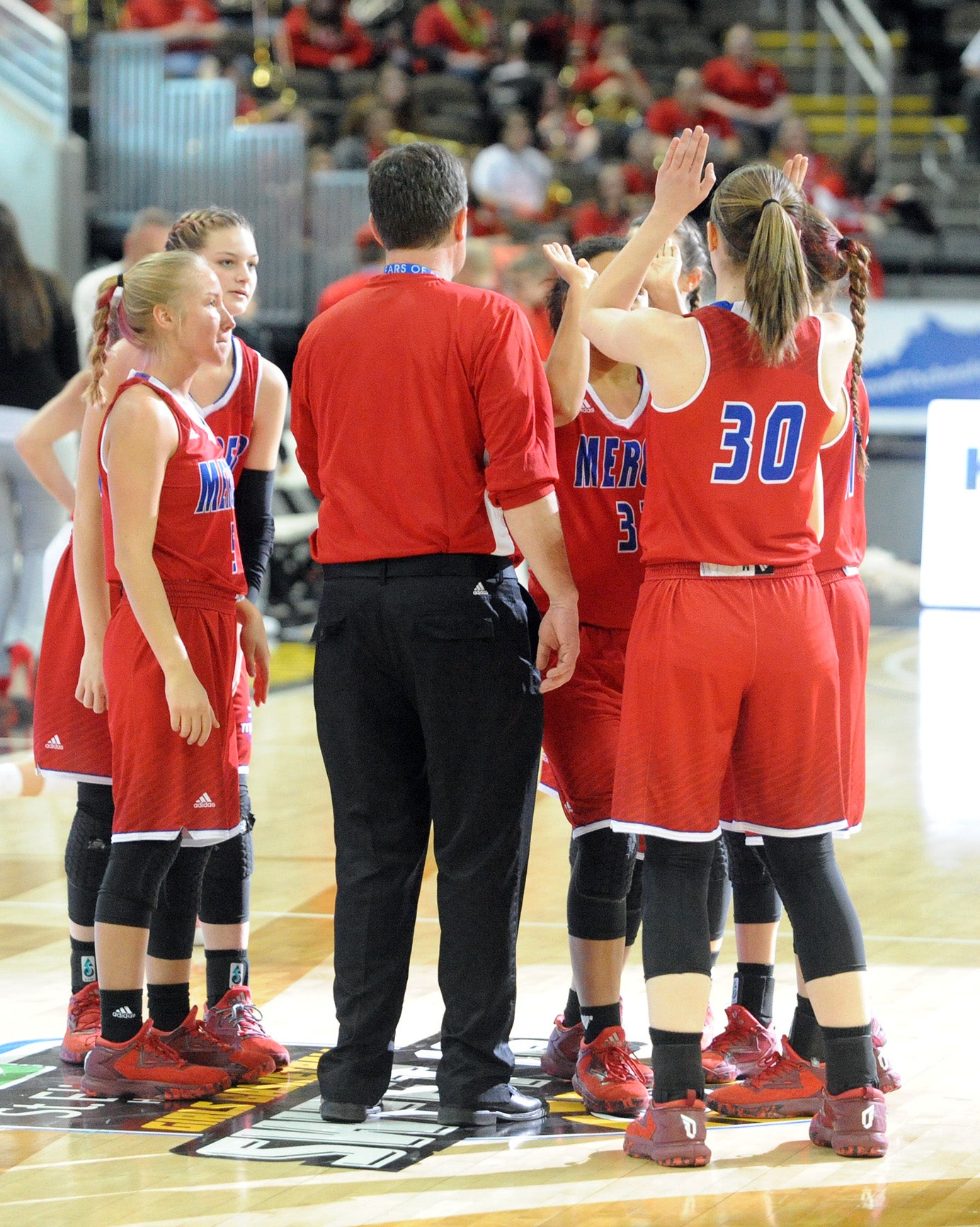What does it take to be an athletic trainer?
Published 2:00 pm Friday, March 31, 2017
By Casey Riley
Mercer County Athletic Trainer
As Jeremy Johnson said in his article, being asked to take part in this series was intriguing. There are a lot of professions that people have no clue about and Athletic Training, while it is commonly acknowledged at sporting events, is one of those professions.
My column will explain a little more about what it is we do and about our profession that most Athletic Trainers wish you — the general public — would know. While this is an account from me personally, it’s pretty safe to say that it comes from just about every Athletic Trainer) at the high school level.
What do you do?
This is always a loaded question for me because when I answer that I’m an Athletic Trainer, I usually get one of two responses:
Response No. 1, Oh so you help train your athletes to get stronger? or No. 2, You tape ankles for a living? Let’s start with No. 1: No, that is not my primary job, we have great strength and conditioning coaches that work with our athletes, but I can do it. I can evaluate for weaknesses and then set up a goal-orientated program for them but we usually consider this “therapy” as “over-training.”
Response No. 2: Yes I tape ankles, but that is a very small portion of what I do on a daily basis. As Jeremy said in his article (we are) medical professionals. I take care of athletes from beginning to end. From making sure they have paperwork on file, the practice area they are on is safe, and even if the environment (storms/heat index) is suitable for practice and games. On top of that, I also deal with injuries from when they happen, through some rehab depending on the injury, to return to play (which can include taping depending on the injury). So no, Athletic Trainers don’t “just tape ankles.”
“What are your hours” is a hard-to-answer question because in all reality I’m never “off
the clock.” A couple of weeks ago, I was lucky enough to be with my girls’ basketball team as they played, and went on to win, the state tournament. Just Saturday and Sunday alone, my schedule included a shoot-around practice, pregame taping, 6:30 p.m. game, post-game treatment (ice baths), handing out ice bags at 10 p.m. at the hotel, injury treatment at 9:30 a.m. then a game and all it starts again at 2 p.m.
So what were my hours?
Those aren’t set in any type of schedule. I have answered text messages and phone calls at 1 a.m. from concerned parents or athletes just getting back from away games. I may not walk into the building til 2 or 3 in the afternoon but that doesn’t mean I haven’t already talked to parents, coaches, athletes or doctors that morning. Only time you can’t reach me is a KHSAA-mandatory two week dead period in the summer; other than that I’m pretty much available.
Athletic Trainers are an athlete’s best and strongest advocate. I’m the buffer between athlete and coach and sometimes athlete and parent when an injury occurs. I am there to make sure that the well-being of the athlete is the main priority. Yes, I want to see our teams succeed but I also want to see athletes be successful on their own and come back 15 years after graduation being able to walk and lift their kids up if that is where life takes them.
We love our kids. Like most teachers will tell you, their students are their “kids,” and the same goes for an Athletic Trainer. We worry, stress and love our athletes. We want to see them succeed as athletes but also as people, so please don’t be offended if your son/daughter calls me mom, because that’s pretty much what I am, their sports mom. Some come in and tell me about their day, how they struggle in certain classes, boy/girl problems they have, I hear it all. We are there to listen and help the well being of the whole athlete.
Last but not least: We are human. None of us have x-ray vision or are a walking MRI machine. We can only take our knowledge and the information provided by the athlete to come to the best
answer and sometimes we don’t have an answer. We can also be wrong. An athlete can come in with an injury that shows no signs of a fracture so you treat it like a bruise and three days later an x-ray shows a break. There’s nothing that we can do about that. Sometimes the tests and evaluation techniques we are taught are wrong, but that’s the amazing thing about science and technology, it can show us what’s inside.
Overall, athletic training is an exciting, stressful and amazing profession. We are all just doing the best we can for the protection and health of our athletes.






